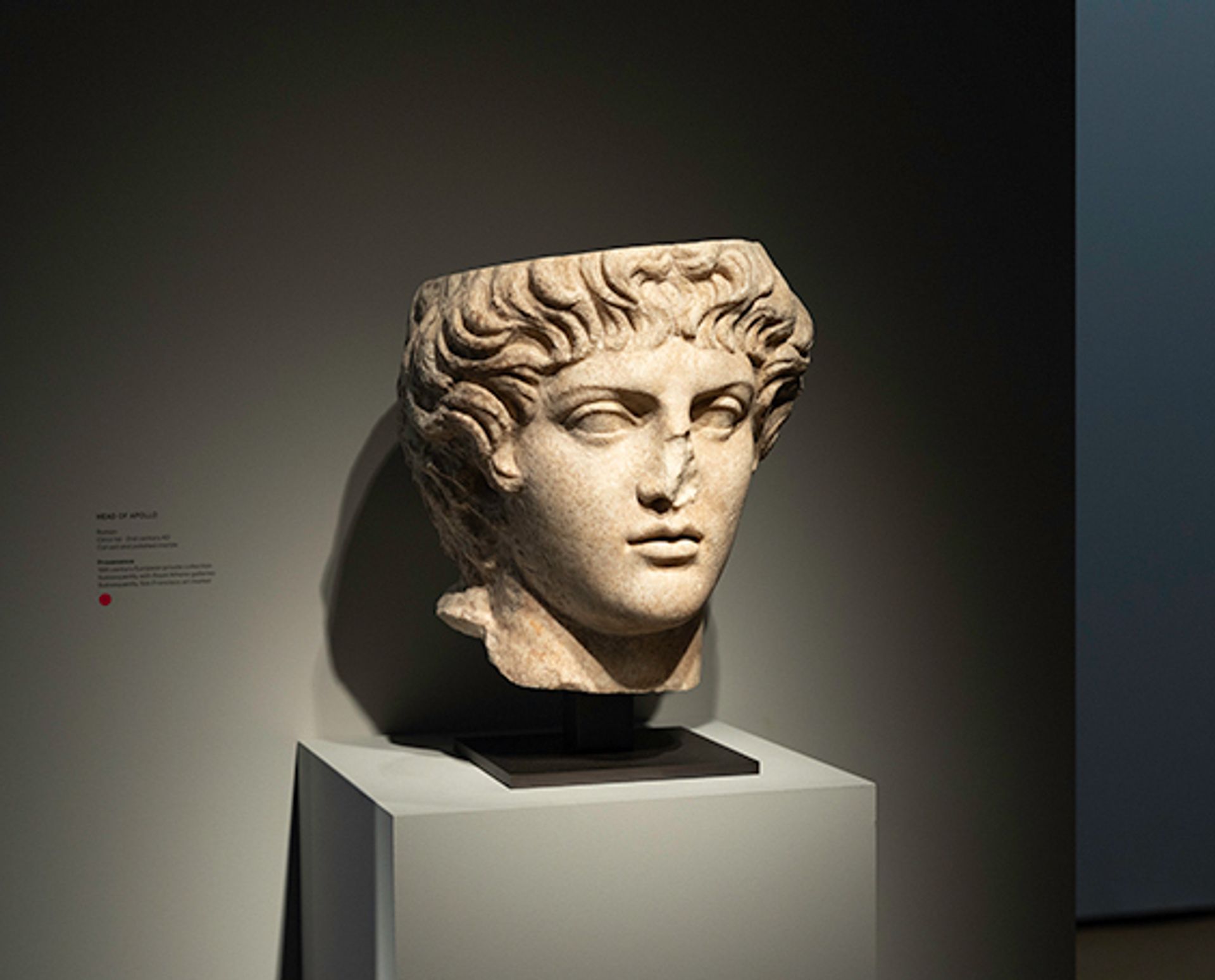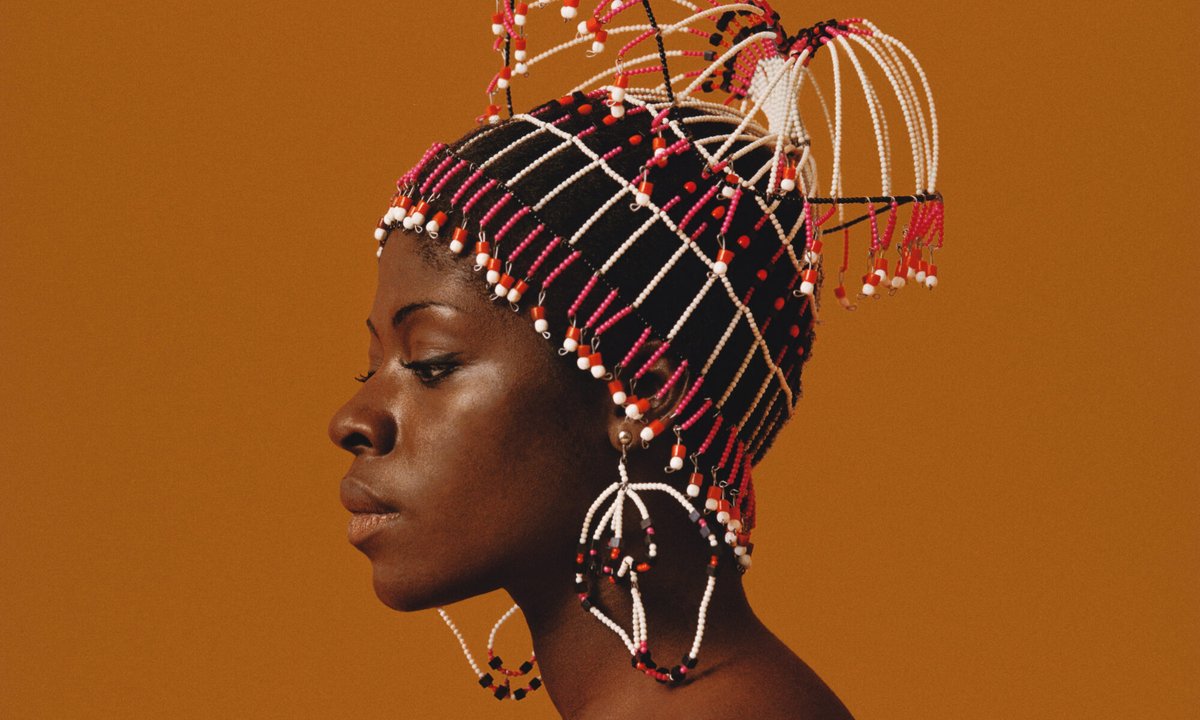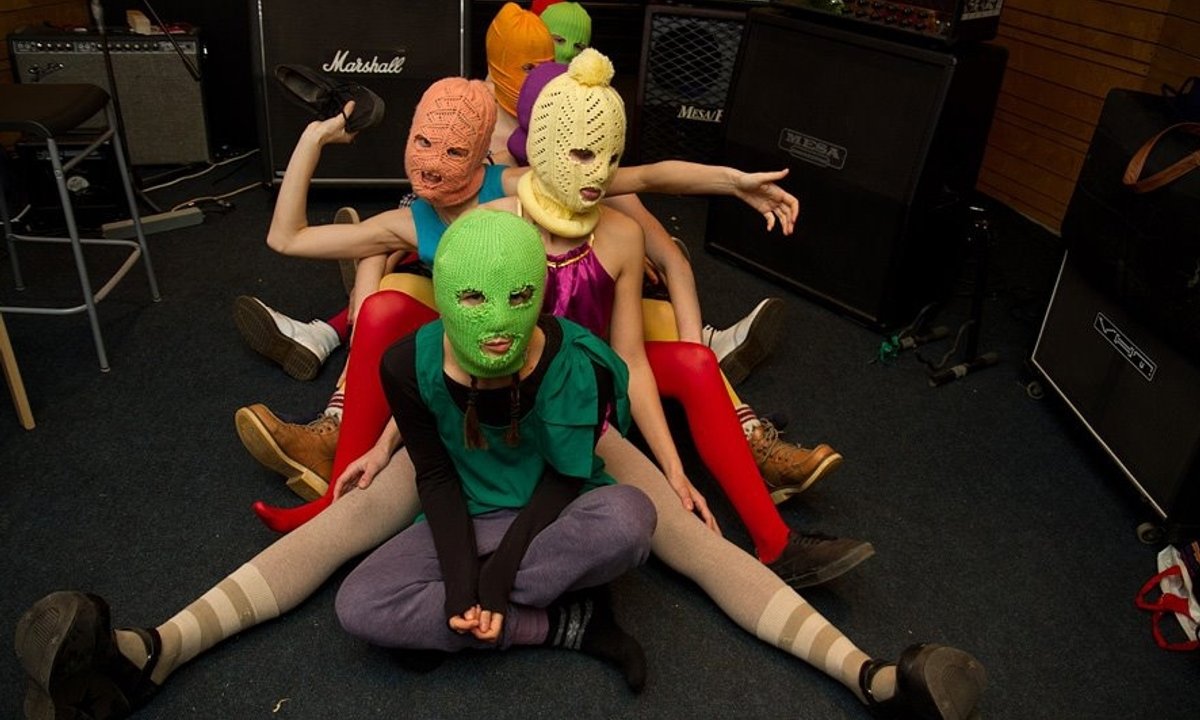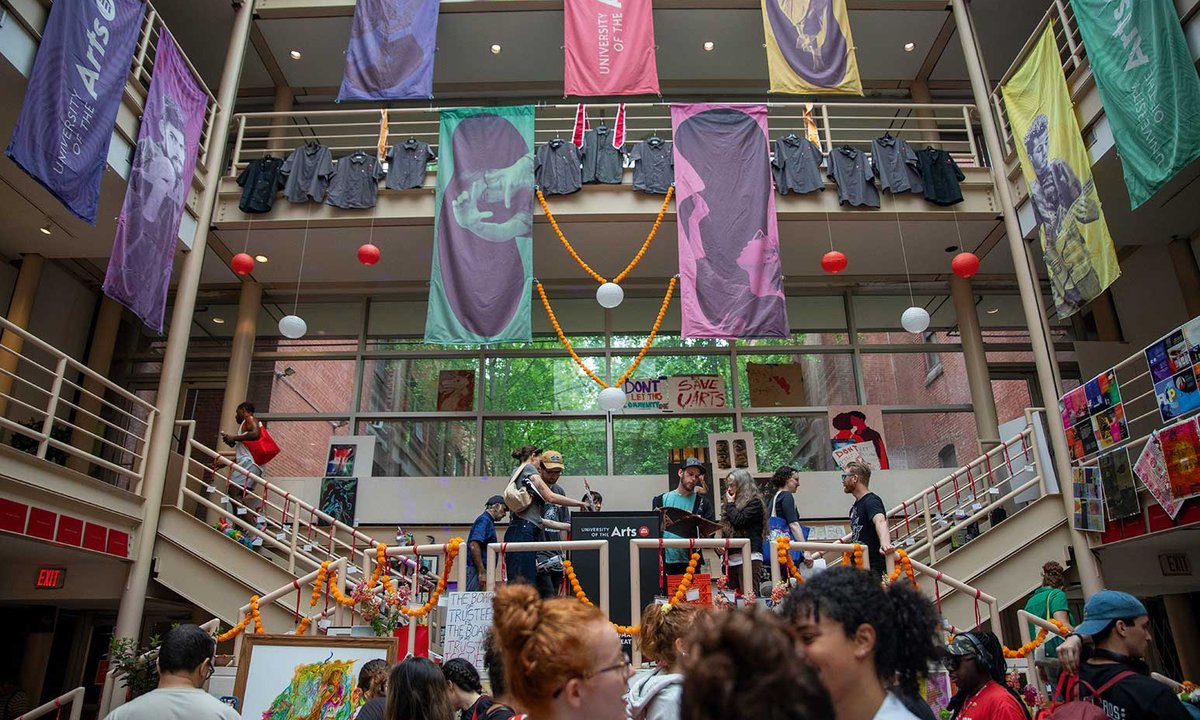For a fair dedicated to the art of the past, Frieze Masters has never felt more connected to the present. This year’s edition features an expanded Studio section, which invites living, late-career artists such as Isabella Ducrot and Nilima Sheikh, to create new work for the fair.
The presence of contemporary work, and the galleries selling it, alongside mummies and Manets reflects the blurring of time periods that can increasingly be observed in a once-siloed art market. Big galleries established half-a-century ago continue to sign younger names, while major auction houses now routinely hold evening sales that span works from the 19th century to last year.
Indeed, many galleries at Frieze Masters have expanded their programmes to include post-war and Modern art, as well as artists’ estates. In 2021, Secci, from Milan, began exhibiting post-war avant-garde artists and estates alongside its core programme of younger emerging artists. Across the aisle, Jhaveri Contemporary deals in the primary markets of the estates of Lionel Wendt, Mrinalini Mukherjee and Balraj Khanna, whose abstract landscape paintings it is selling for £20,000 to £70,000.
Lawrie Shabibi, a contemporary gallery from Dubai, opened in 2011 showing emerging and mid-career artists from the Middle East and North Africa, but in recent years has started representing several estates and late-career artists, including Nabil Nahas. William Lawrie, the gallery’s co-founder, says that expanding its programme in this way has allowed the gallery to “better contextualise its artists within a multi-generational dialogue”. Moreover, he says, institutions are interested in acquiring works by these once overlooked artists. While the gallery remains committed to showing contemporary artists, such as Alia Ahmad, their prices are “not yet at the level” of certain Modernists. Large yellow geometric paintings by Nahas from the mid-1970s are being offered by the gallery for $385,000 each.
Turn towards the past
At the stand of Continua are kinetic sculptures and paintings by the 96-year-old Julio Le Parc, ranging up to almost €500,000. Next week, the gallery will open a new Paris space with a show of the 20th-century painter Giorgio Morandi and the contemporary artist Adel Abdessemed. Presenting these Morandi works will be Continua’s first venture into the secondary market, says its director, Salomé Zelic.
A more concerted turn towards the past is being pursued by Tushar Jiwarajka, who this year rebranded his Dubai gallery Volte to focus on South Asian Modern art. At Frieze Masters, the gallery is showing monochrome photographs by the late Nasreen Mohamedi. “We were always selling secondary market Modern work from the backroom,” Jiwarajka says. “The clientele tends to be the same for Modern and contemporary, so you’re merely expanding your market by providing both.”
A sustained rise in secondary market dealing over the past two years has coincided with a drop in the value of the primary market, according to the Art Basel and UBS Global Art Market reports. “In tougher markets there is a tendency to shy away from selling in the public domain,” says the study’s author, Clare McAndrew, meaning that consignors might prefer to use private dealers rather than sell at auction.
But galleries are not just pursuing opportunities; they are weathering a storm, too. “Primary market prices, especially for younger artists, inflated a lot over the past few years, which is problematic for galleries with solely primary programmes,” says the adviser Henry Little. This is where secondary market dealing “becomes useful”, he continues. “The advantage of the backroom deal is that prices can become more flexible. You can set terms more easily.”
Over at Frieze London, a return to tried-and-tested names is being observed among the larger galleries. Perrotin is showing a large stone and polished metal sculpture by the late Lynn Chadwick, whose estate it signed in April. It will exhibit Chadwick’s work alongside two solo shows by Jean-Marie Appriou and Emma Webster, both under 40, says its senior director, Daphné Valroff.
Yet, as the plentiful presence of ultra-contemporary work at the fair attests, the situation is more complex than one of galleries moving away from dealing newer work on the primary market. Rather, businesses are “diversifying their risk in a less certain sales environment, hoping to make good primary sales, but having these as a layer of security to protect their downside”, McAndrew says.
Willingness to cross over
One such example is the New York gallery Hollis Taggart, which in 2019 opened a contemporary division to supplement its Abstract Expressionist and post-war arms. Spurred by a thinning supply, founder Hollis Taggart found that incorporating a greater span of art history has gained him a “new clientele that had previously not been as active in the secondary market and who preferred living artists”, while “many ‘older’ clients became open to including contemporary works in their once exclusively secondary market collections”.
Taggart says that he has seen “more and more willingness, from both galleries and auctions, to mix the two market segments and cross over with more flexibility than in the past, when the different segments were more confined and kept in their more narrow lanes. Mixing contemporary with historical works broadens one’s understanding of the art world.”
Indeed, such market moves appear to be informed as much by demand as by supply. While in previous decades, galleries served clients who typically wanted to buy an artist’s work in-depth, today, a rise in more diffuse “cross-category collecting” is being observed. As the headline of a recent Financial Times article asked, “Where have all the connoisseur collectors gone?”
Rather than collecting in depth, new buyers tend to skip around
Jane Kallir, adviser
The adviser Jane Kallir says that while these “serious” collectors remain active, what has grown is the number of people “who buy art for reasons such as fashion, investment, status, interior decoration etcetera. Rather than collecting in depth, these new buyers tend to skip around, so it’s logical that they would also skip from one category to another. Auction houses, which sell works from a range of categories, naturally try to encourage the practice, because it’s good for business.”
Good business for galleries, too, which must remain competitive in an ever-crowded field. Pace, which is showing at both Frieze London and Masters, has sold works this week by Nathalie Du Pasquier from the 1990s and Robert Longo from this year. Pace senior director Elliot McDonald notes how cross-collecting among clients has grown alongside the gallery’s 60-year history: “The connoisseur collector of today is a cross-category collector.” He adds that events such as Frieze Masters, which span millennia of art history, have contributed to an uptick in these collecting habits.
In being able to offer clients a wide variety of works, on both primary and secondary markets, a gallery is able to “predict clients’ interest and mood even before a negative [article] comes out about a market decline, and provide up-to-date internal reporting”, McDonald says. And if that incentivises clients to not shop around at the gallery’s competitors, “all the better”.
Notable sales: what went at Frieze Masters

ArtAncient sold a marble head, believed to be Apollo, for £300,000 David Owens
At Frieze Masters, the London-based gallery ArtAncient sold a marble head believed to be of the Roman god Apollo, for £300,000. Likely from the second century, the head was discovered last year in the window of a San Francisco interior design shopbut had been restored with plaster and was believed to be a 19th-century work. Upon further research, the statue’s true Roman age was discovered, along with a deep cross carving atop Apollo’s head, which was probably a modification by later Christians for religious reasons, according to the gallery. One work ArtAncient still had not placed by Friday afternoon was Portrait L, the 2,000-year-old portrait of a Greek-Egyptian woman that was dubbed by The Times as the “Mona Lisa of the Middle East”. The gallery said it had a seven-figure price tag. Another Roman statue sold for £200,000 at Galerie Chenel’s stand to a new client during the first few hours of the fair.







